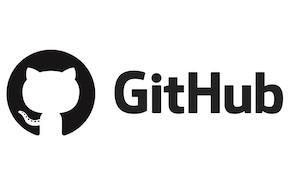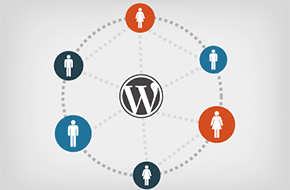
Create an effective and positive place to share your work using GitHub
Share and collaborate with users of all skill levels!
We’ve talked about the benefits of GitHub before, but it was a fairly high-level overview. We mostly focused on using it as a coding tool (which it’s great for), and how a team of developers can use it to work together to great effect. But GitHub offers another toolkit focused more on the public-facing side of development. GitHub offers more than just sharing projects among a team, it allows you to share your program and your code with the world!
A Refresher on the Basics
GitHub breaks down its process into several different categories of data. There’s one, big “master” path for every project on the site. This is the live code, the code that makes up the current iteration of the project and is what everyone uses as their base. Individual users invited to the project can create “branches.” They make alterations to the master code in their own private workspace, where the changes don’t affect the live code or anybody else’s work. From these branches, you can create “pull requests” that basically ask the owners of the master code to incorporate the changes, whether that’s adding or removing, and apply them to the master code.
Usually, this coding cycle is done within the confines of a team. But GitHub provides the power to invite others into the process as well, or just share in the end product with the tools to express their experiences.
Create a Welcoming First Impression
You’ve likely seen a file called ReadMe a few times, but how many times have you actually opened it? It almost seems more productive to figure out a new program yourself than to read through a big wall of text in an old text editing file. But GitHub allows you to add some much-needed formatting and organization to the ReadMe file. Not only that, but it also shows that file on the main page of your program. You don’t have to rely on anybody to open the file, since it will already be open, and you can show them the value of it will hold via clear organization.
The best welcoming pages on GitHub don’t just have instructions on how to use the code, though. They’ll have a bit of an introduction to introduce the project, an outline or table of contents, and code examples or other resources to ensure that people of all skill levels can effectively use the code.
Wiki
Beyond the welcoming ReadMe file, GitHub also allows you to create a Wiki dedicated to your project. The actual depth and complexity will vary depending on the size of your project and how much explanation is needed to use it. But whether you have one page with some questions and answers, or a multi-layered deep dive into how it works, a Wiki is a helpful tool. It shows you’re dedicated to enabling others to get the most out of the code, especially if you update it on a regular basis with new findings, updates, or other changes.
The Wiki is also a good place to expand on the best way to use your code, more examples and case studies, external resources, reviews, and other helpful information that doesn’t need to go on the front page.
Let users report bugs and other issues
Beyond a Wiki, the best way to show your dedication to maintaining and improving your GitHub project is through allowing users to report bugs and other issues. There’s only so much testing one person can do, and as more and more people use your code in various situations, bugs are bound to crop up. GitHub provides a dedicated space for these issues to be reported, organized, and addressed. The system even allows you to manage your progress in the troubleshooting and correction process. GitHub makes it easy to prioritize, organize, and distribute fixes and other developments. You’ll also be able to communicate with your team and the initial requester throughout the whole process.
Extensive Reporting Capabilities
With all of these handy features and information, reporting is a crucial capability. It’s important to know where visitors are coming from, what information they look at (and find most useful), and how many people have actually downloaded the code of your project. You can even see reports on contributors invited to the project, and their own forks and branches. This information allows you to fine-tune your repository page, featuring information that’s crucial and
Mr. WPress uses GitHub for the majority of our projects, both public and private. We’d be happy to start collaborating with you! Don’t hesitate to reach out to us for a free quote if you want to start a new GitHub project, or need help managing an existing one.



